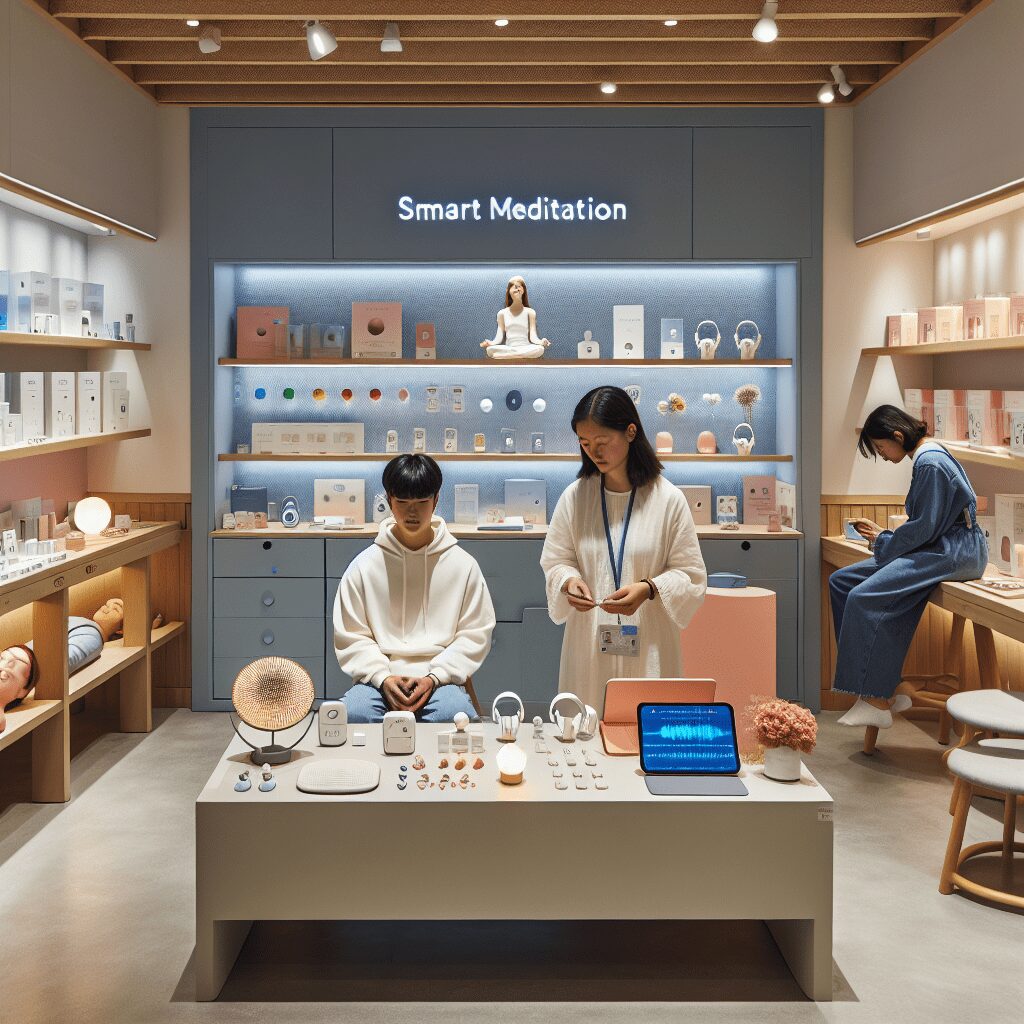
Prioritize your mental well-being daily. Enhance your life by nurturing your mental health with the Smart Meditation app. Break free from stress, alleviate anxiety, and enhance your sleep quality starting today.
How Yoga Helps Anxiety Medically?
Unraveling the Mysteries: How Yoga Calms the Storm Within
In the fast-paced symphony of modern life, anxiety has unfortunately emerged as a common leitmotif. However, nestled within the ancient practices of yoga, many find a serene counterpoint to this relentless tune. The question then beckons, how exactly does yoga strike such a profound chord against anxiety? Let’s dive into the medical symphony where yoga and anxiety meet, dissecting the harmony created by this ancient practice in soothing modern woes.
The Scientific Crescendo
-
The Hormonal Harmony: Cortisol, often dubbed the “stress hormone,” plays the leading role in anxiety’s ensemble. Yoga, through its meditative and physical disciplines, conducts an intricate symphony that lowers cortisol levels. Studies have spotlighted how regular yoga practice can cue a decrease in cortisol, thereby dimming the spotlight on anxiety.
-
Breathing: The Rhythmic Foundation: At the heart of yoga is pranayama, or breath control, which acts like the steady beat of a bass drum, grounding the practitioner. This mindful breathing decelerates the heart rate and lowers blood pressure, creating a peaceful rhythm opposed to anxiety’s chaotic tempo.
-
Neurological Notes: MRI scans and neuroscientific research have shown that yoga tunes the brain’s structure and function. It strengthens areas like the prefrontal cortex, which manages planning and emotion regulation, and soothes the amygdala, the brain’s alarm system. This neurological rewiring can lead to an overall decrease in anxious feelings.
-
Sleep’s Serene Sonata: Insomnia and anxiety often waltz in the dark, exacerbating each other. Yoga intervenes by inducing deeper, more restorative sleep. Poses like Savasana (corpse pose), coupled with mindful breathing, invite a tranquility that makes falling and staying asleep easier.
-
Building The Mind-Body Connection: Yoga is not just about bending and twisting. It’s about fostering an acute awareness of the body in the present. This mindfulness can act as a grounding technique, pulling thoughts back from anxious futures or regretful pasts to the calmness of the here and now.
A Call to Arms: Embracing Yoga’s Quiet Revolution
So, ready to give anxiety the cold shoulder and embrace yoga’s warm hug? Here’s a quick starter pack to embark on this transformative journey:
- Start small: Even 10 minutes a day can set the stage.
- Mix and match: Combine yoga with other therapies for a holistic approach.
- Consistency is key: Make it a habit, and the benefits will crescendo over time.
- Seek professional guidance: A yoga therapist or instructor can tailor the practice to your personal symphony.
In summary, yoga’s magic wand does not dispel anxiety with a single swish. However, through consistent practice, it orchestrates a gentle revolution in the mind and body. By resting the baton on the scientific evidence, we see that yoga’s ancient melodies can indeed harmonize the dissonance of anxiety, bringing peace to the cacophony of modern life. So, why not let yoga be the conductor of your personal symphony, guiding you towards a serenade of serenity?





